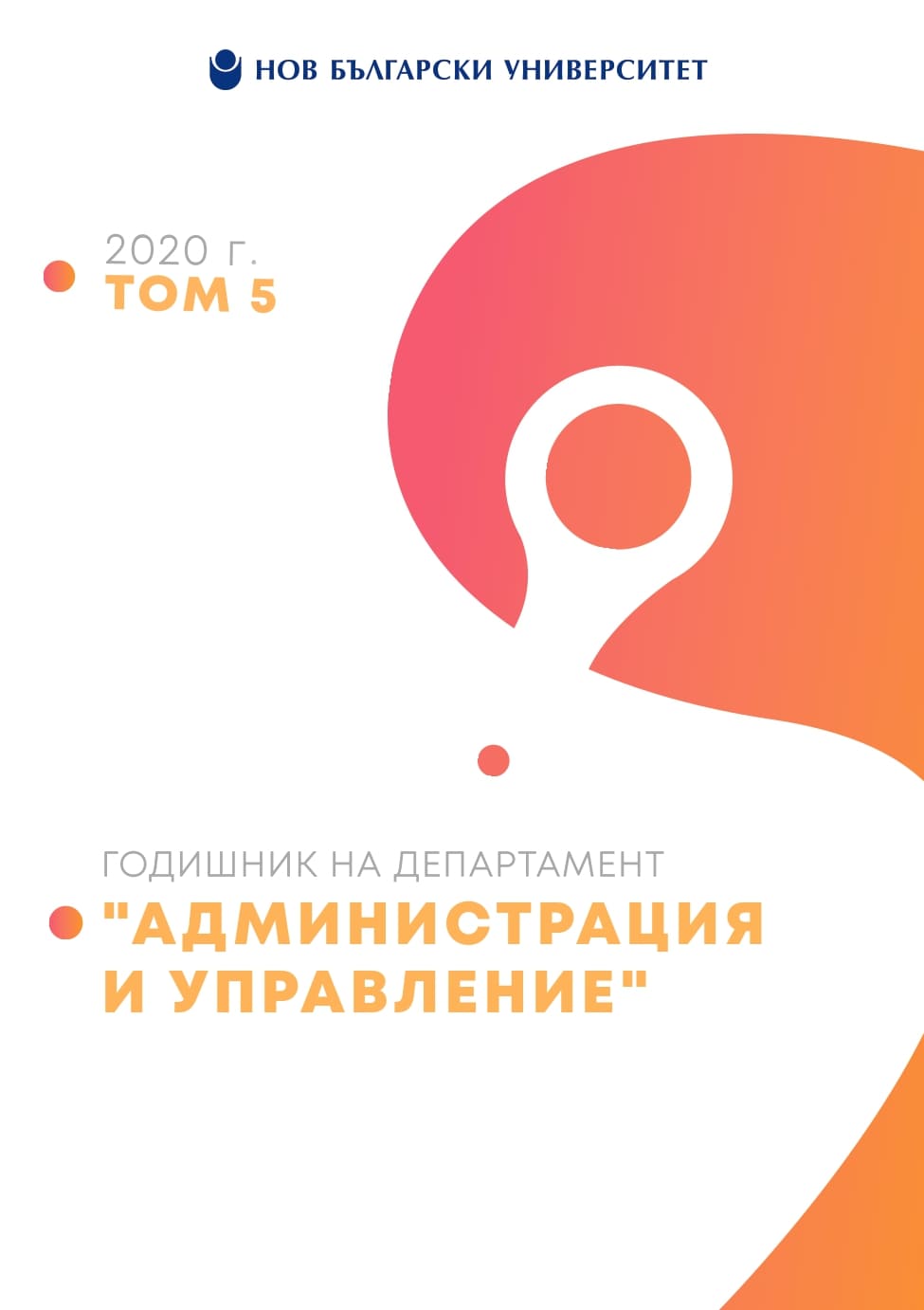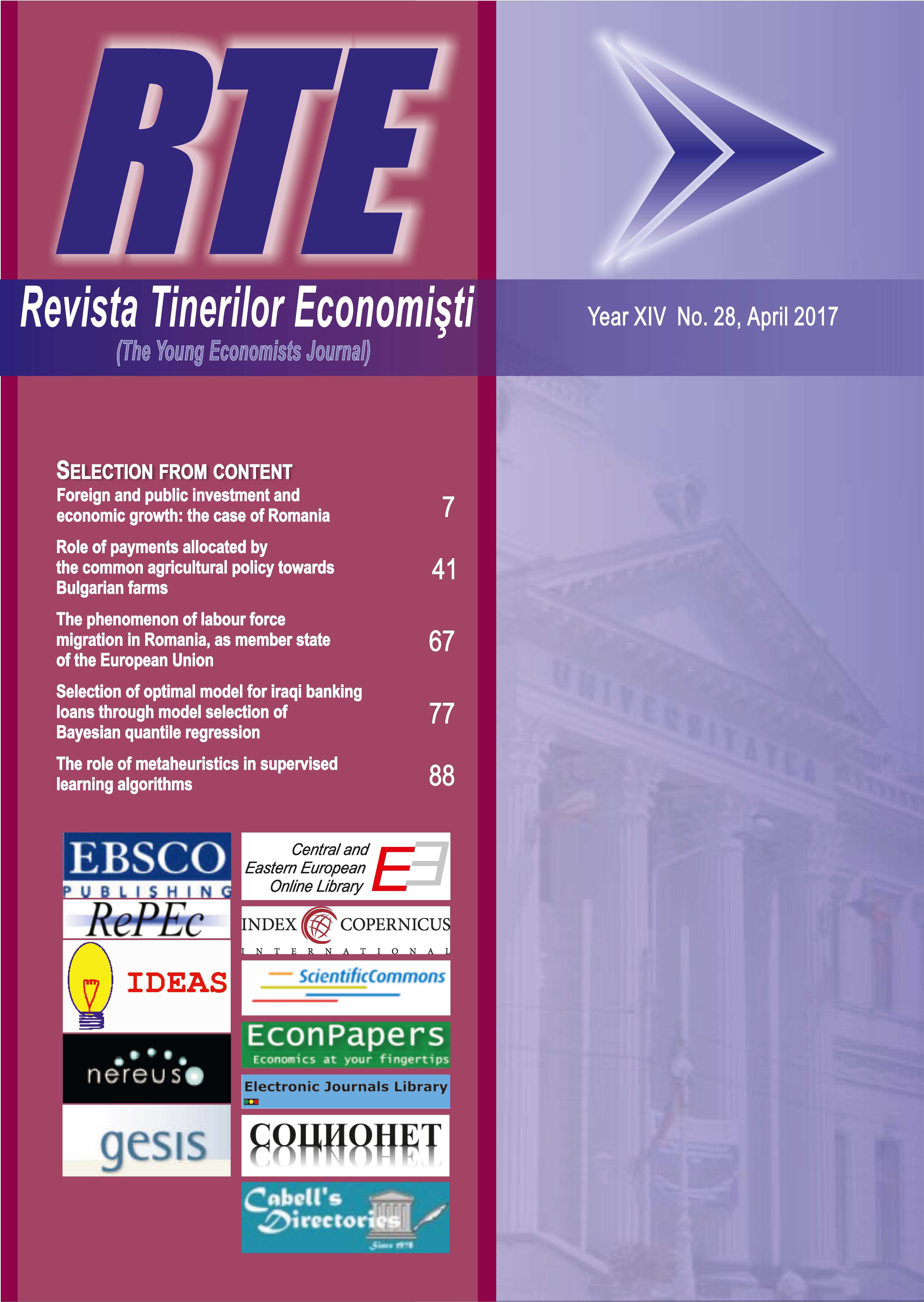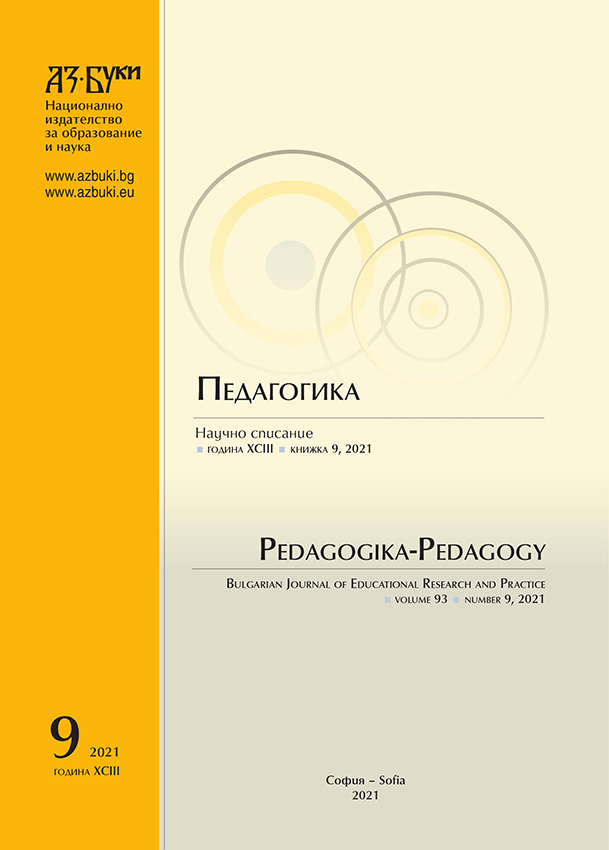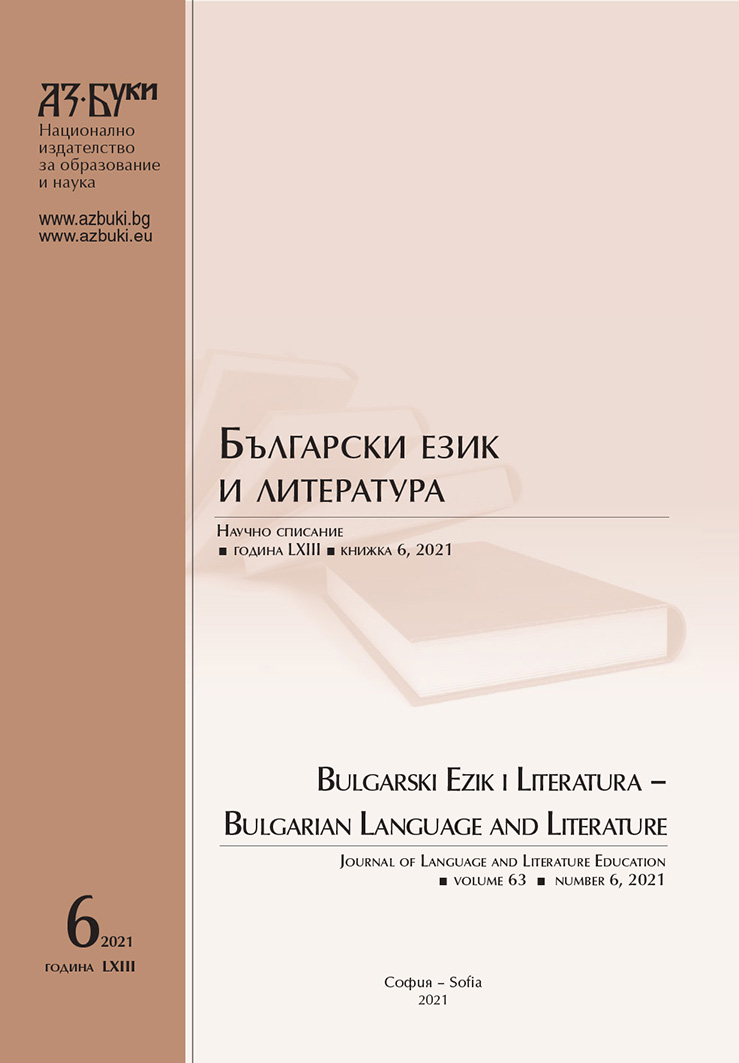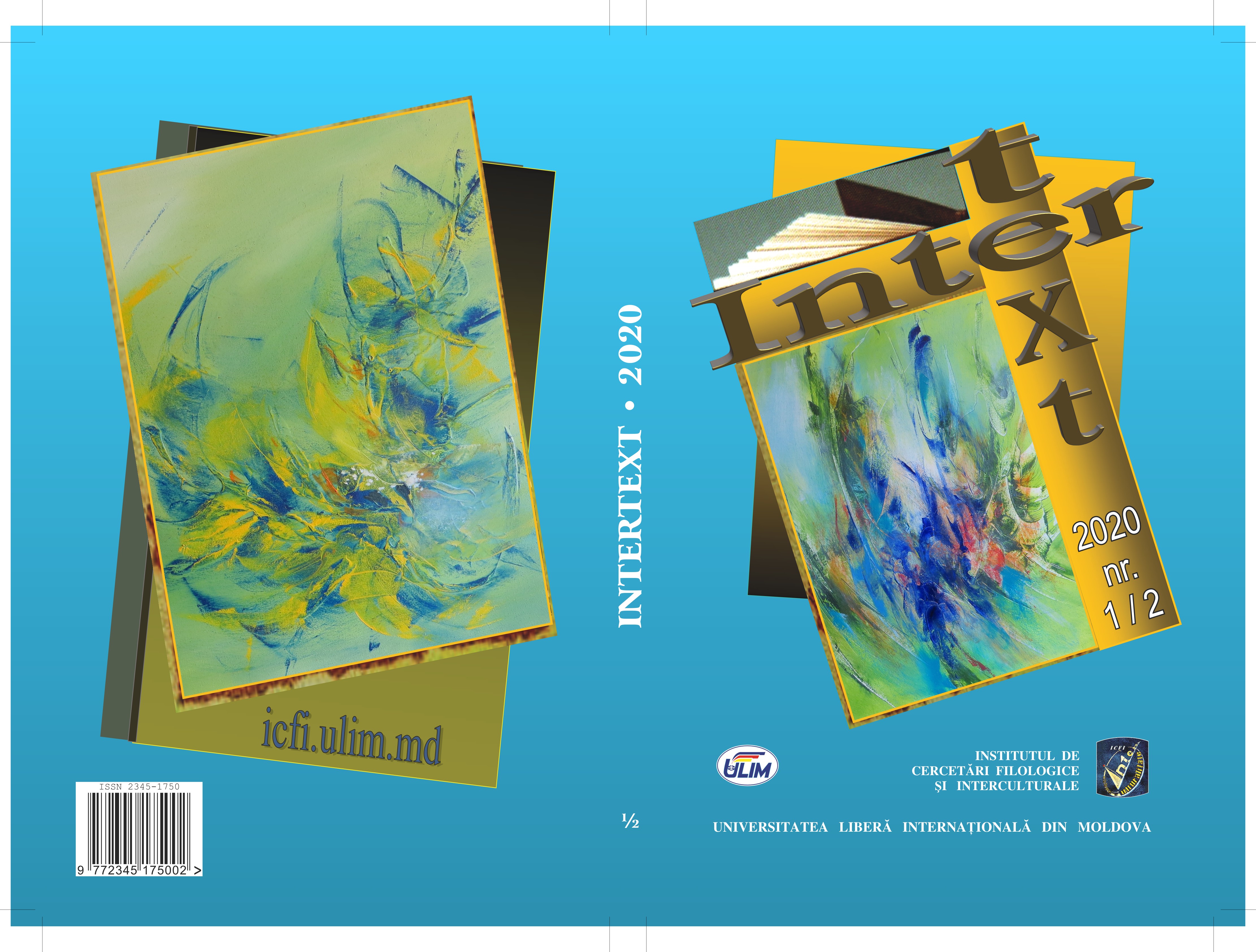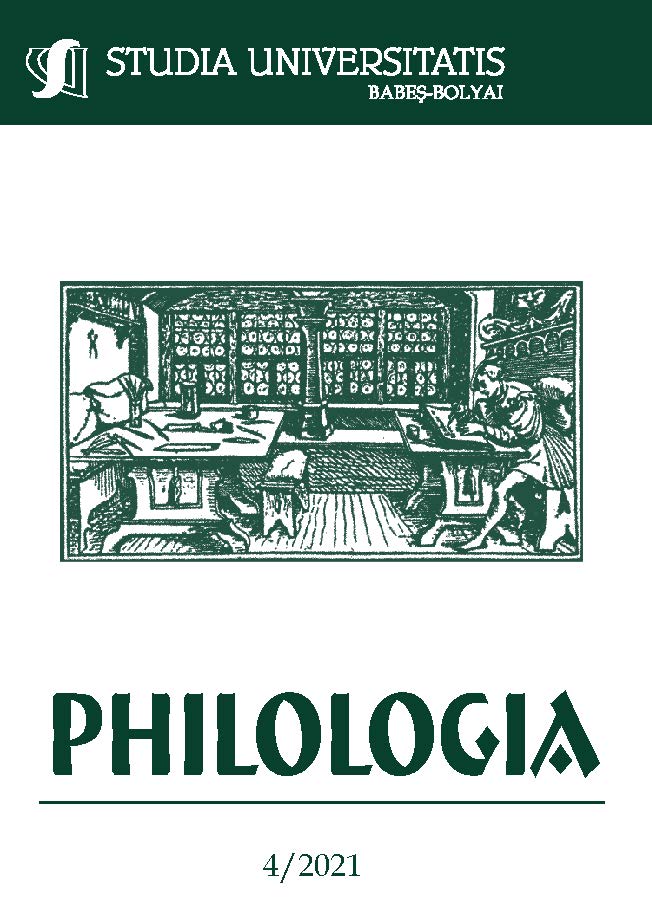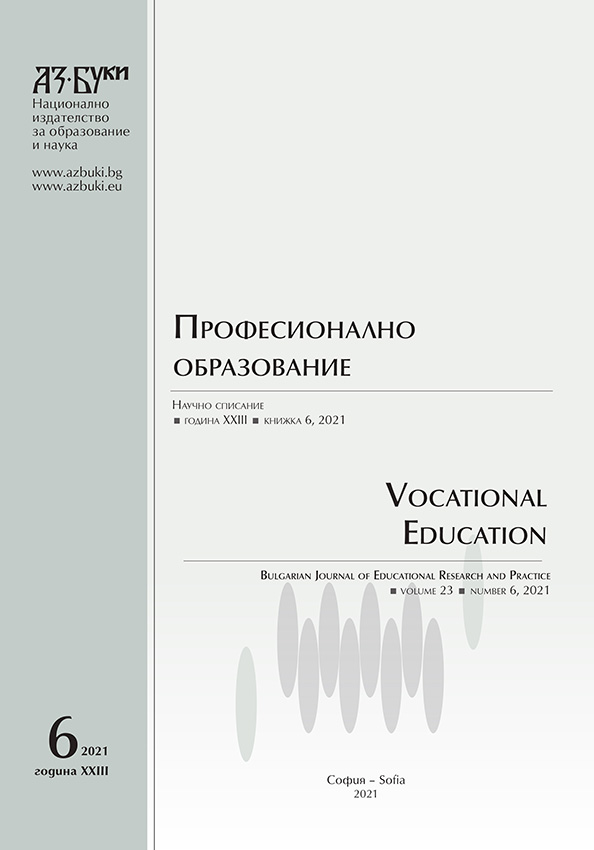Author(s): Aleksandur Kirkov,Ana Andonova / Language(s): Bulgarian
Issue: 6/2021
Bulgaria ratified the European Convention for the Protection of Human Rights and Fundamental Freedoms in 1992, as such this European act has become part of our domestic legislation. Explaining in detail the differences and similarities between the European Court of Human Rights in Strasbourg and the Bulgarian judicial system, we will actually see how much they are similar. This is the purpose of the present study - comparative analysis in all aspects: territorial jurisdiction, legal jurisdiction, including procedurally legitimate persons to file complaints, procedural issues, stages of the process, court decisions and appeals. The first and most important task of the study is to get acquainted in detail with our European rights, as well as their judicial protection. On the other hand, the knowledge of the European judicial mechanisms leads to the expansion of our national horizons in a supranational perspective, to opportunities for professional realization outside the borders of the country, on a European and global scale. The research method used in the present scientific work is the comparative analysis. The methodology we refer to in preparing the analysis is based on a predetermined methodological approach and structure in conducting the analysis. The methodological approach itself includes a general overview of the legal framework, regulating the administration of justice in national courts and at European level. An essential feature of the approach used is to compare the two established legal systems, at home and in Strasbourg, at all levels, to explore links and interdependencies possible differences. Expected results: acquainting the Bulgarians with their European rights, as in case of violation of these rights, learning about the mechanisms for their protection in court. Conclusions and summaries: Bulgaria is part of the common European framework. As such, its citizens are Bulgarians, but also Europeans. Namely, as Europeans, they have rights that are guaranteed to them by Europe and that should be respected in Bulgaria. Failure to respect these European rights creates conflicts that should be resolved by both national courts and the European Court of Human Rights.
More...
